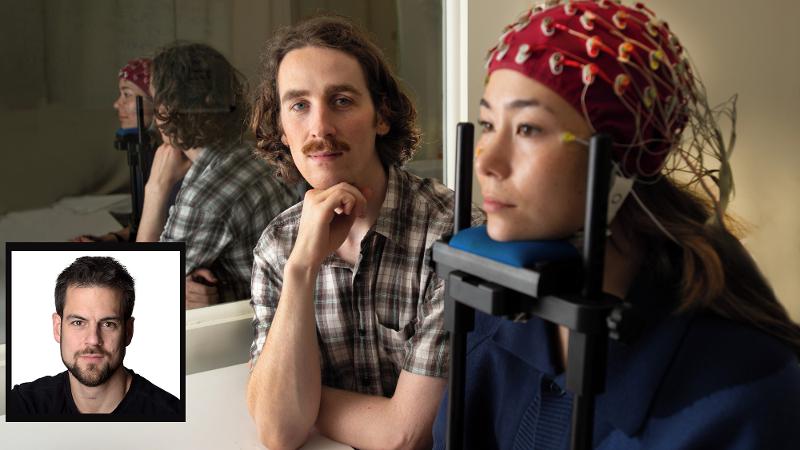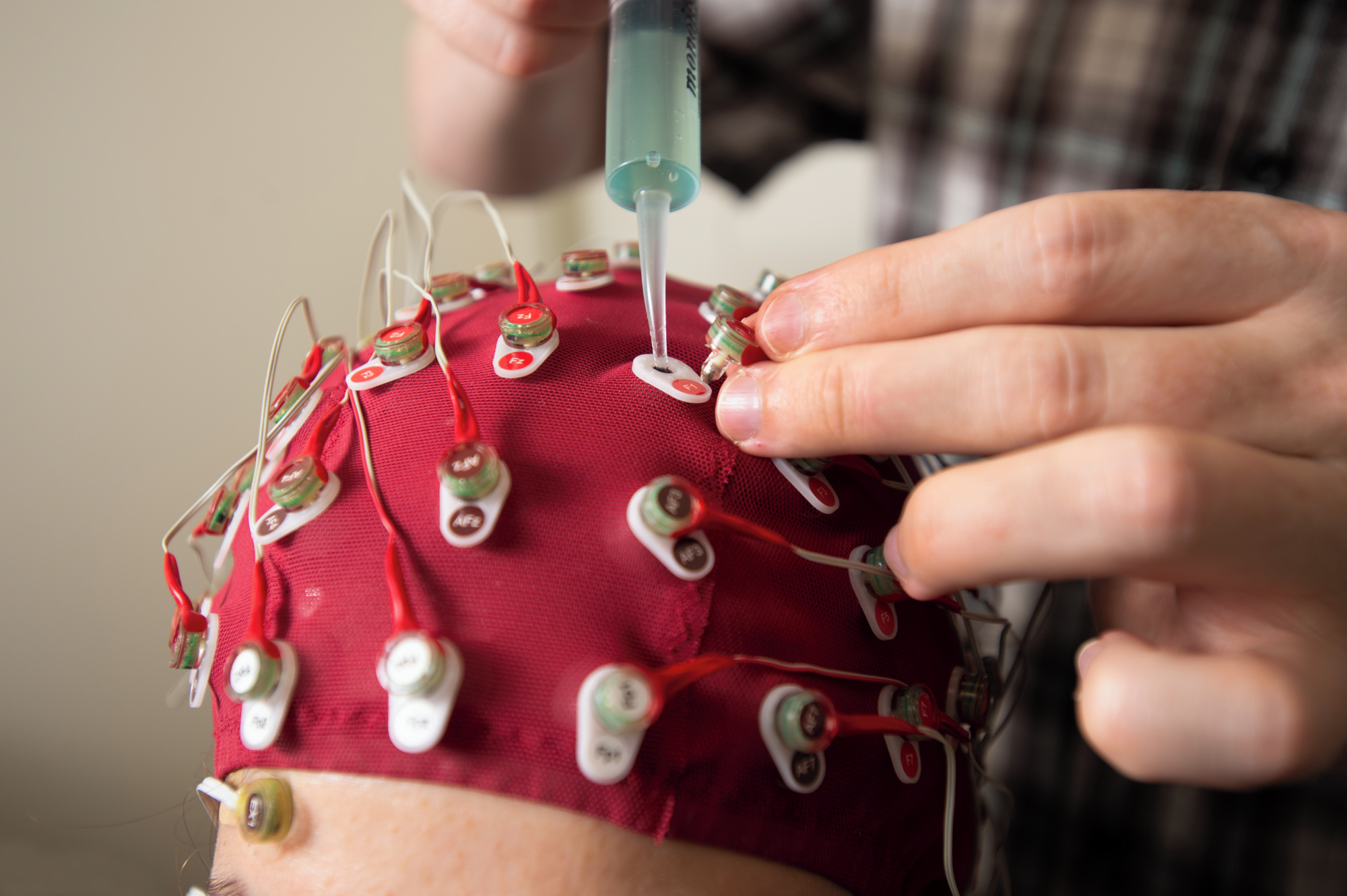
You’re an ace tennis player facing a 180kmph serve. In the approximately 80 milliseconds it takes your brain to register the position of the speeding ball, the ball has already moved a further 4m, and yet you hit it.
- QUT scientists synthesize 30 years of research to explain how the brain accurately predicts where an object is located despite neural processing delays
- Beginning in the eye’s retina, neural mechanisms help to encode oncoming objects, not where they were when first detected, but where they (probably) are now
Just how do the eyes and brain work to get that racquet in the right place at the right time to return the serve, despite the neural processing delays along the way?
This is the question QUT psychologists Dr William Turner and Associate Professor Hinze Hogendoorn, from QUT School of Psychology and Counselling, set out to answer by synthesizing 30 years of research on the brain’s ability to correct for its own delays.
A greater understanding of the neural mechanisms which compensate for processing delays could reveal the abilities and limits of drivers as they age or of unique populations such as professional athletes and esports players, who Dr Turner says, “have some of the fastest reaction times in the world”.

Dr Turner said their research review looked at “predictive motion extrapolation” which “involves using information about an object’s past trajectory to infer its probable present position”.
“We developed an integrative framework for understanding how a variety of neural mechanisms in the visual system work to predict the real-time position of a moving object,” Dr Turner said.

“These mechanisms allow the brain to encode objects, not where they were, but where they (probably) are now.
“The retina in the eye starts the prediction process – meaning even before signals have left our eyes, we seem to automatically begin predicting a moving object’s position.
“The retina sends signals to the brain but it doesn’t get feedback which suggests that the retina’s extrapolation mechanisms may, in a sense, be baked in.”
Dr Turner said that when an object moves in front of our eyes, a wave of activity is triggered in the retina and downstream brain regions, similar to the bow wave of a boat.
“Neural extrapolation mechanisms sculpt the shape of this wave, shifting it forwards along the trajectory of motion, so it ends up tracking the real-time position of the object.
“As neurons pass signals to one another, they shape the wave of activity by ‘enhancing’ its leading edge or ‘dampening’ its trailing edge.
“The dampening occurs when neuron populations receive a sustained signal, causing them to ‘tire out’ and ‘quieten down’. This has a predictive benefit by changing the shape of the wave and ‘squeezing’ it forward.”
The insights from this review point to further research in, for example, how reaction times slow down with age and how that affects critical responses; whether neural processing time can be enhanced with practice or whether it is a natural characteristic.
Neural mechanisms of visual motion extrapolation was published in Neuroscience and Biobehavioural Reviews.
(Main image: Dr William Turner with research assistant Mia Nightingale, who is connected to an EEG machine in a visual neuroscience experiment. Inset: Associate Professor Hinze Hogendoorn.)
(Tennis image: Getty Images, Credit Peepo, Collection E+).
QUT Media contacts:
Niki Widdowson, 07 3138 2999 or n.widdowson@qut.edu.au.
After hours: 0407 585 901 or media@qut.edu.au.


